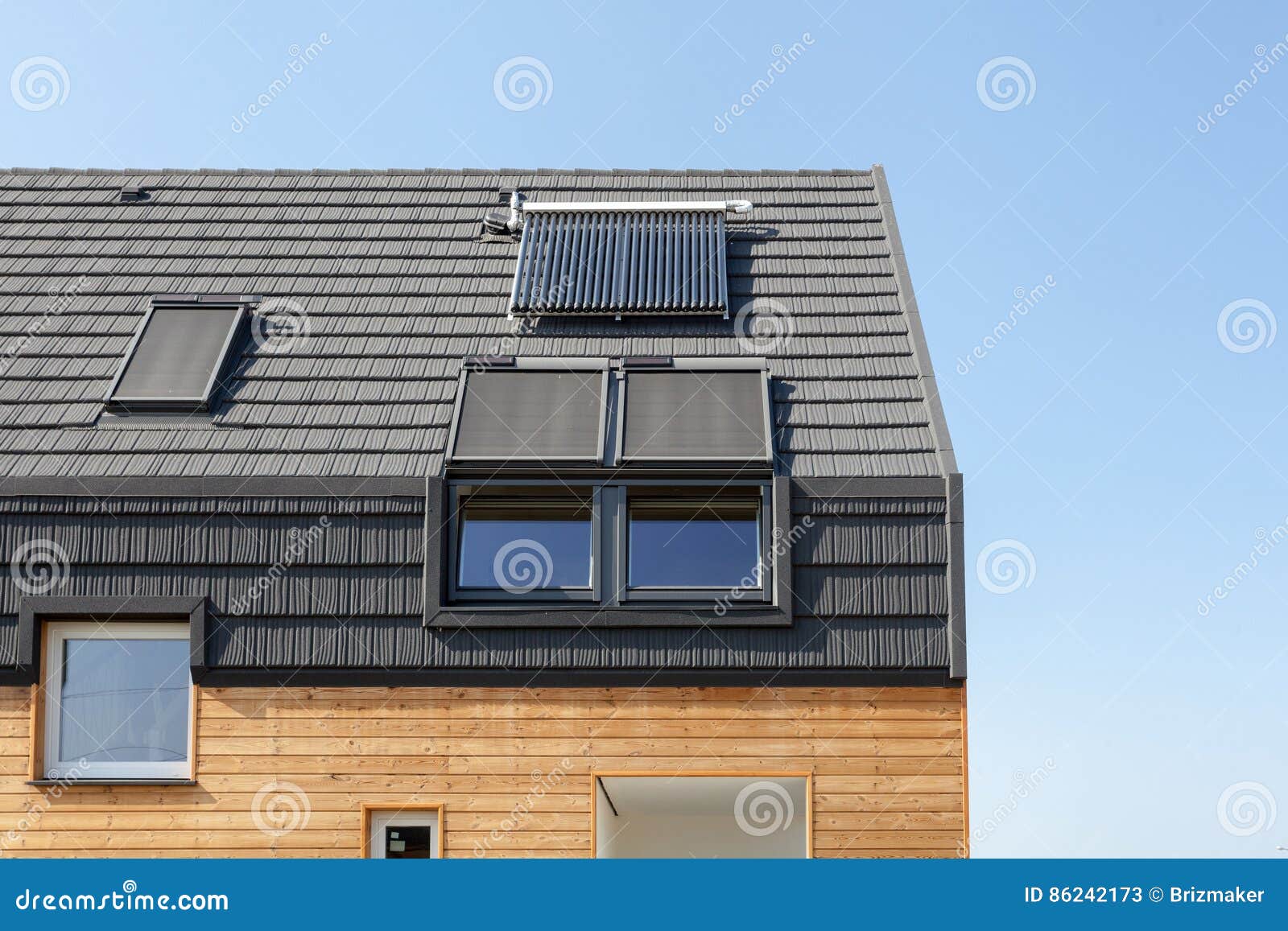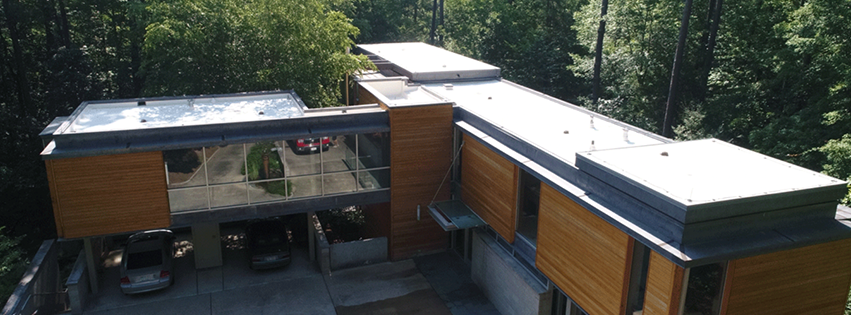Innovating for Sustainability: Energy-Efficient Roofing Designs As our world becomes increasingly focused on sustainable practices, every aspect of construction and...
Smart roofing technologies
Elevating Tomorrow: Exploring Futuristic Roofing Designs The future of roofing is evolving, and futuristic roofing designs are at the forefront...






